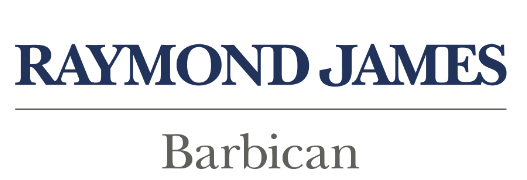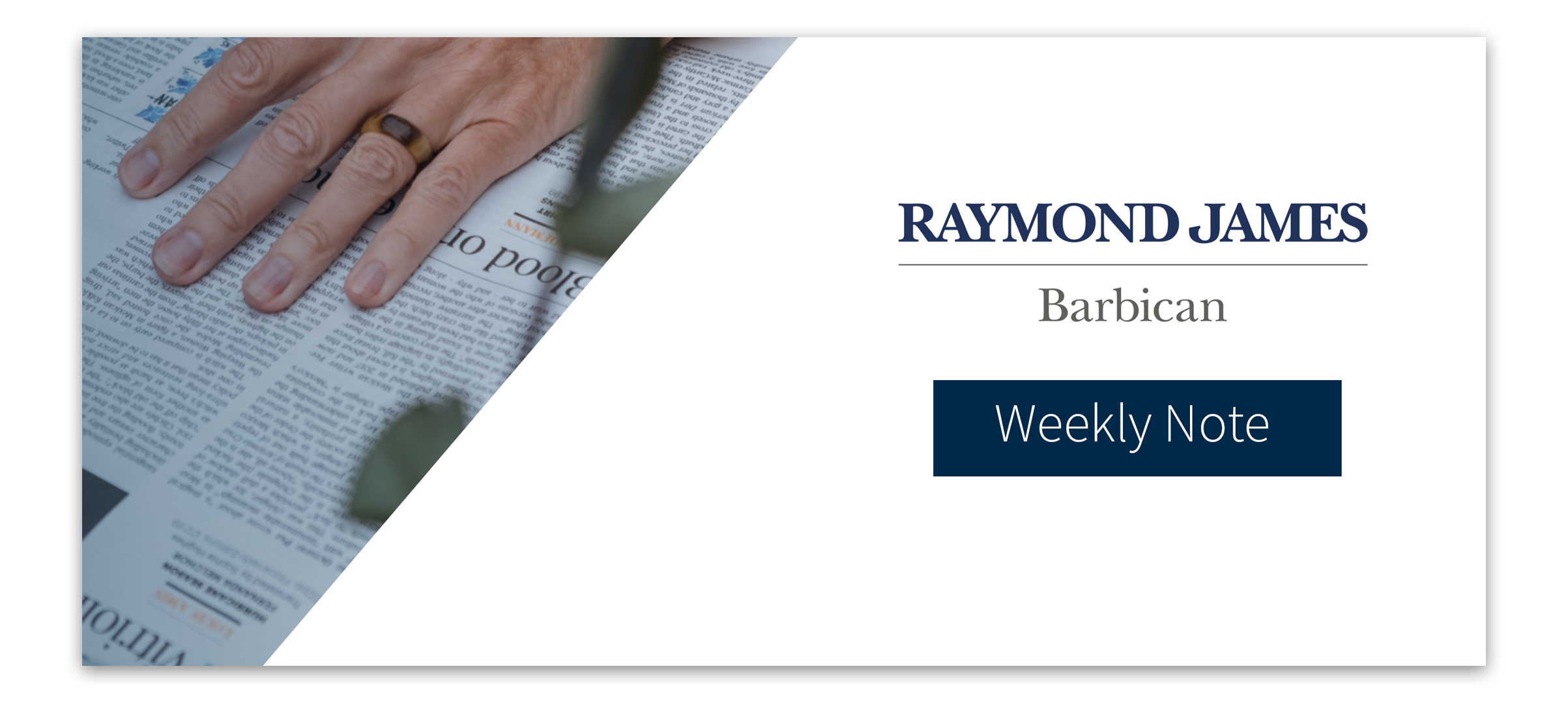UK inflation took centre stage this week, with headline CPI coming in above expectations at 3.5%. In a double blow to Rachel Reeves, public sector net borrowing was higher than expected for April, despite the fact receipts were higher, in part due to an increase in National Insurance.
Taken at face value, the UK inflation data released on Wednesday made for painful reading with both headline and core CPI above expectations. Digging a little deeper into the data, it looks as though the bigger than expected rise in inflation was driven by several one-off factors, including water and energy bills, as well as the timing of Easter, so there is the potential for inflation to trend lower later in the year. The market it appeared took the data at face value, with UK government bond yields rising (prices falling) on the news. The yield on the 10-year UK government bond rose above 4.7%, heading towards the top of a recent trading range. After a period of strong performance, UK equities also came under pressure.
It wasn’t just UK yields rising this week with both US and Japanese yields, particularly at the long-end, pushing higher. A US 20-year Treasury auction on Wednesday had weak demand, which led to bond yields pushing higher. The yield on 20-year US debt is now above 5.1%, which will put further pressure on their fiscal position. Over in Japan, 30-year debt rose above 3%, posing a serious issue to a country with extremely high debt levels.
UK retail sales data for April was released early this morning, showing a 1.2% month-on-month increase. The Office for National Statistics (ONS) attributed the surge to sunny weather throughout the month, which boosted footfall in stores and led to a rise in purchases of outdoor goods. March’s figure was revised up to 0.1%, confirming the fourth consecutive month of positive growth in retail sales. The last time we saw a similar streak was in 2020, as consumer spending rebounded following the first lockdown.
Assets such as gold and bitcoin seemed to be the beneficiaries of weaker government bonds, with prices rising throughout the week. After a mini pull-back, gold climbed back through $3,300 an ounce, just shy of all-time highs. Bitcoin has risen above $110,000, a new all-time high and is up over 50% since Trump rowed back on proposed tariffs on 8th April.
Manufacturing has been in the doldrums over recent years and purchasing managers index (PMI) data from the UK and Europe came in below 50, highlighting the sector as being in contraction. Trade wars, high energy costs and supply chain disruptions have been sighted as some of the major headwinds facing manufacturing. Within Europe, Germany’s bold fiscal stimulus measures could see somewhat of a renaissance in manufacturing over the coming years.
Novo Nordisk has announced that CEO Lars Jørgensen will be stepping down. Having served in the role for the past eight years, Jørgensen stated he would remain in the post for a short period to support a smooth transition to new leadership. Once Europe’s most valuable company, Novo’s shares have fallen by 30% since the start of the year. The incoming CEO will certainly face a significant challenge—not only in closing the gap with rival Eli Lilly, but also in navigating President Trump’s planned tariffs on pharmaceuticals.
The US dollar’s safe haven status continues to be questioned in 2025. The greenback currency weakened throughout the week, rising above 1.34 vs GBP.
US equities were the laggard this week, having rebounded strongly since the April lows. Concerns around the US deficit led to pressure on bonds, equities and the US dollar. We continue to favour a diversified approach in portfolios that is not simply a one-way bet on US equities and the US dollar.
Nathan Amaning, Investment Analyst
Risk warning: With investing, your capital is at risk. The value of investments and the income from them can go down as well as up and you may not recover the amount of your initial investment. Certain investments carry a higher degree of risk than others and are, therefore, unsuitable for some investors.

